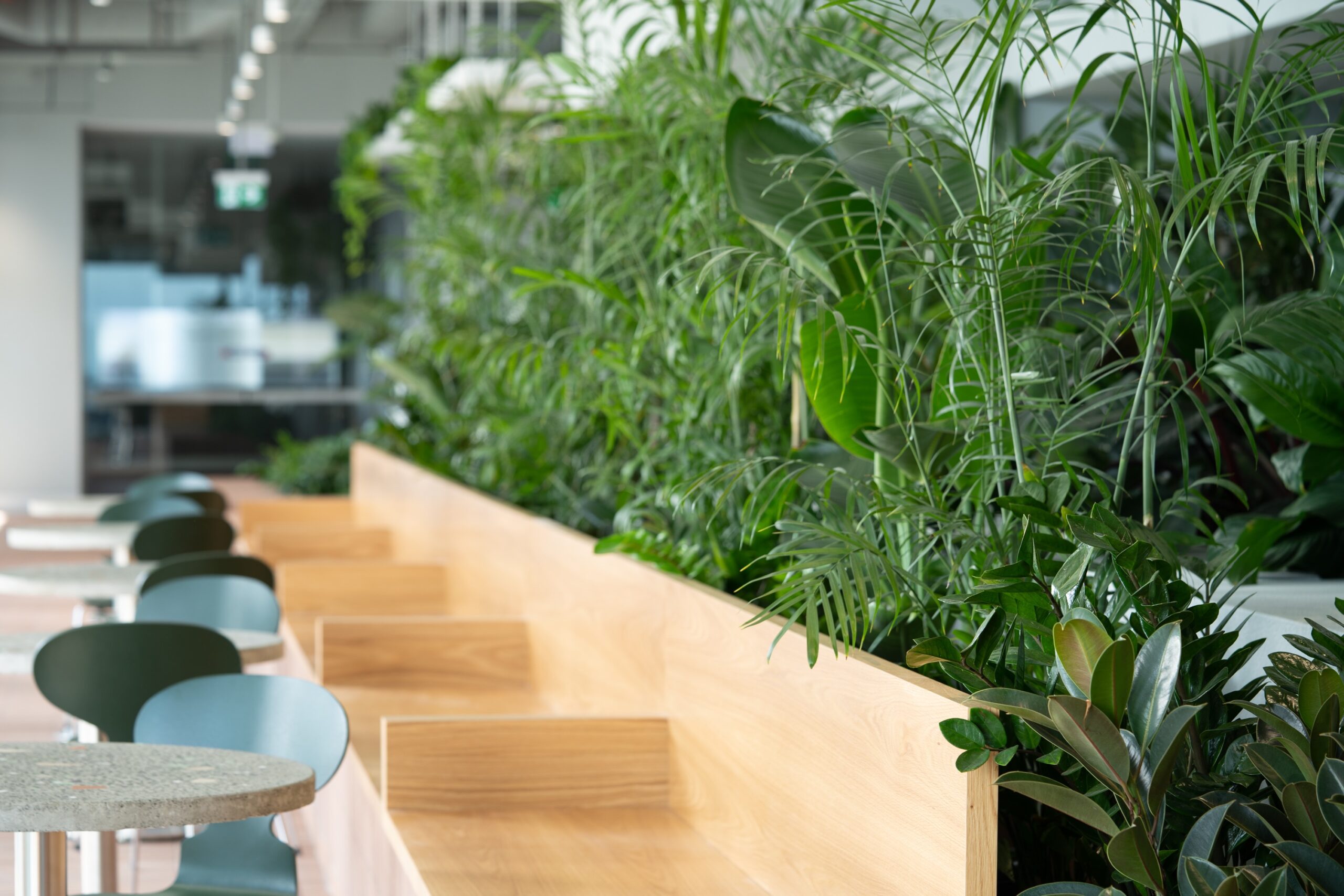In a world where air pollution casts a shadow over many nations, a 2018 study by data scientist Matt Dzugan sheds light on the global impact, highlighting the struggle faced by densely populated countries.

While Australia enjoys relatively clean outdoor air, the battle against indoor air pollution looms large. With indoor air contamination levels often exceeding World Health Organisation (WHO) guidelines, it’s crucial to address this issue proactively. Here’s a closer look at the problem and practical ways to clear the air inside our buildings.
Understanding the indoor air dilemma
Australia, known for its pristine landscapes, grapples with a silent menace—indoor air pollution. According to the International Energy Agency and WHO, Australia’s outdoor air pollution stands at 6, a relatively low level. However, the situation takes a concerning turn indoors, where pollution levels soar to five times that of the outdoor levels. With indoor air pollution surpassing the WHO’s recommended threshold of <10, the health impacts, particularly on respiratory health, become significantly more severe.
Unmasking the culprits
Identifying the sources of indoor air pollution is the first step in finding solutions. Common contributors include:
- Indoor garages: The exhaust fumes from vehicles within these enclosed spaces contain harmful pollutants, including carcinogenic substances, significantly increases cancer risks and overall air pollution levels.
- Cleaning products: Many cleaning agents emit harmful chemicals that linger in indoor spaces.
- Cooking emissions: Gas stoves and cooking activities release pollutants such as nitrogen dioxide.
- Inadequate ventilation: Poor ventilation allows pollutants to accumulate, especially in tightly sealed buildings.
- Building materials: Some materials emit volatile organic compounds (VOCs) that degrade indoor air quality.
Strategies for cleaner indoor air
Increase ventilation: Ensure proper ventilation by regularly opening windows and doors to allow fresh air circulation.
- Use air purifiers: Invest in high-quality air purifiers to filter out pollutants and enhance indoor air quality.
- Choose low VOC products: Opt for household products and building materials with low or no VOC emissions.
- Regular cleaning: Maintain a clean workspace to minimise dust and allergens, reducing the overall indoor air pollution load.
- Indoor plants as natural filters: Embrace the power of indoor plants, which can effectively absorb pollutants and contribute to cleaner air.
Public awareness and advocacy
Raising awareness about the dangers of indoor air pollution is crucial. Encouraging sustainable practices and advocating for indoor air quality standards can prompt change on a broader scale. By fostering a collective responsibility toward clean indoor air, communities can work together to create healthier work environments.
Clearing the air for a healthier tomorrow
Australia’s battle against indoor air pollution demands attention and action. As outdoor air quality remains relatively favourable, the focus must shift indoors. By implementing these strategies and fostering a culture of awareness and responsibility, we can collectively ensure that the air inside our homes remains a breath of fresh air, free from the invisible threats that compromise our health and well-being.



